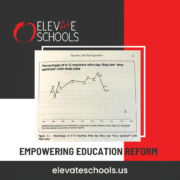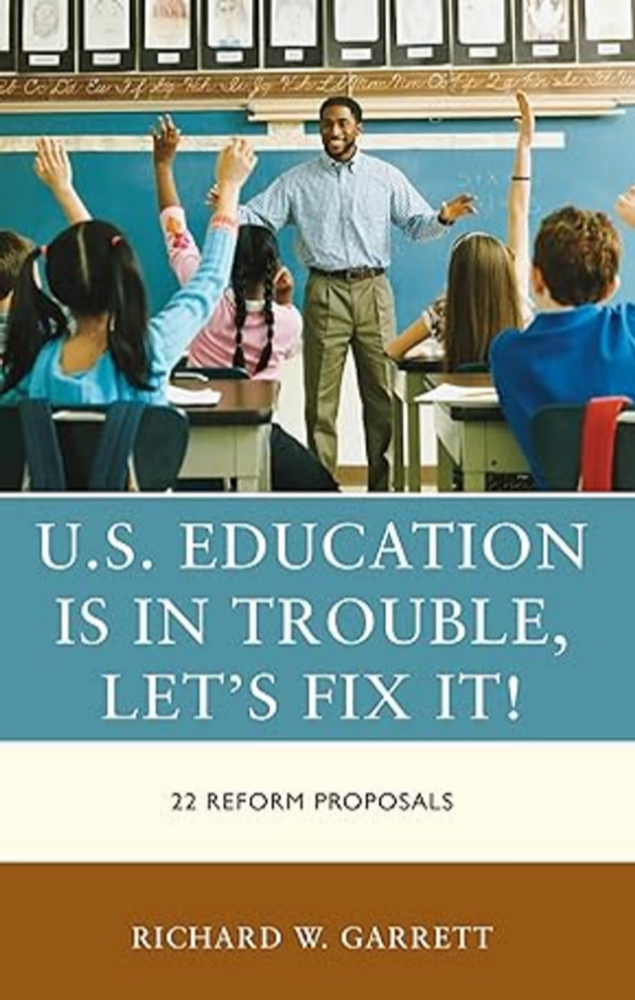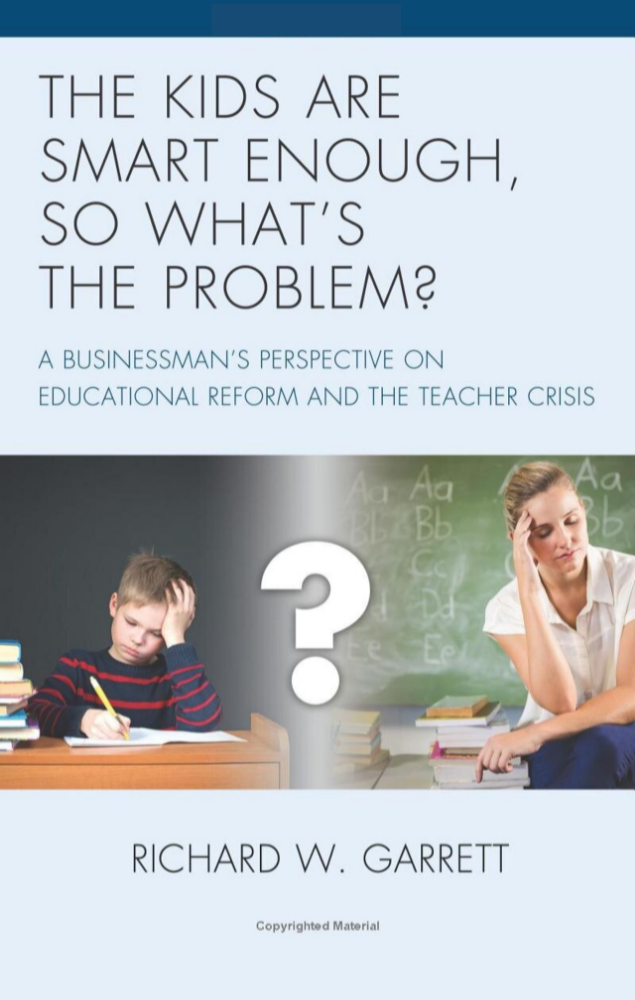How Do U.S. Schools Compare? A Look at Education Around the World
Acing geography tests by memorizing capital cities might have secured you a good grade at one time. However, in today’s globalized world, critical thinking, problem-solving, and the ability to adapt are the skills students need to thrive. Is the U.S. Education system equipping our kids for this new challenge? Or are they severely unprepared for the worldwide job market?
How Do We Stack Up?
According to the 2021 Best Education Systems report from the World Population Review, “despite the US having the best-surveyed education system on the globe, US students consistently score lower in math and science than students from many other countries. According to a Business Insider report in 2018, the US ranked 38th in math scores and 24th in science.” The report goes on to state that the US government spending on education had not kept up with inflation, causing the rankings to fall.
Still, another report finds the issues are actually much worse. The Global Citizens for Human Rights annual study administered math, science, and reading tests similar to the SATs or ACTs. The results were compiled to determine the country’s average score, and their ranking was based on that score. China, Finland, Hong Kong, Singapore, Canada, New Zealand, Japan, Australia, and the Netherlands were at the top of the list. The United States was not.
A System in Need of Reform
Finland and Singapore are known for their strong education systems, which emphasize teacher training, collaboration, and support. They take a more holistic approach to student development and effectively leverage technology to teach the next generation’s workforce.
And while there are many examples of success worldwide, Massachusetts and Maryland were also determined to change the course of their education and economic systems. In his book, “US Education is in Trouble, Let’s Fix It!” Dr Garrett details their educational reform efforts in chapter 14. He states that if international tests administered by the Program for International Student Assessment (PISA), which only ranks countries, would rank states individually, Massachusetts would rank in the top 10 in the world.
Dr. Richard Garrett, former Eli Lilly corporate materials planner, Indiana University professor, and education reformist, sheds light on how we got here and how we can fix it. He provides examples of those who have been successful and 22 reform measures that are ready to be implemented depending on the school’s needs and pain points. The book focuses on the most important resource in our education system: our educators.
Learning from the Best
The ongoing teacher shortage presents a significant challenge; addressing it is another crucial step in this much-needed education reform. Competitive salaries, robust professional development, and a renewed sense of respect are essential to the solution. Collaboration between teachers and parents is essential.
Parents and administrators who actively support teachers by participating in school events, volunteering their time, and advocating for policies that benefit children and educators, foster a stronger community and empower educators to do their best work. Without these critical lessons and investments, we will not attract and retain high-quality educators who can implement innovative changes that are tantamount to our children’s success.
Like all areas in this country, the US education system has the potential for greatness. Learning from the international and local successes surrounding us is the first step to education reform. Prioritizing a well-rounded educational experience, we can equip our students with the skills they need to compete and excel globally.
Buy Now on Amazon: US Education is in Trouble, Let’s Fix It!: 22 Reform Proposals












